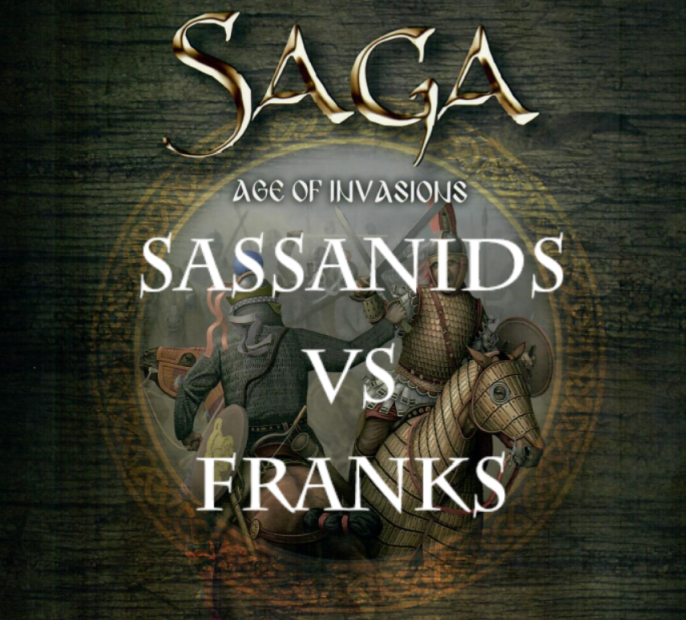A Sassanian Saga Part 2: Military Ranks and Organization
Today´s topic is one that is only tangetially related to Saga but in my opinion worth exploring nevertheless: The military organization and ranks within Sassanid armies.
As discussed in Part 1, the Shahanshah played a vital role within his empire´s military and often took overall command. However, the Sassanids often fielded multiple large armies during their campaigns, not to mention dozens of smaller local forces and garrisons.
For these, the Persians relied on aristocrats and dignitaries from the empire´s noble families.
The most senior among them is was artēštārān sālār, according to Procopius ranked just below the argbeds, the princes of house Sassan and only answered to the king of kings. Furthermore, he supposedly had the authority to take overall command of Sassanid armies and civil magistrates.
This is somewhat disputed however, as Persian sources don´t support Procopius´ accounts and they seem rather far reaching. In general, there is some ambiguity when it comes descriptions of Sassanid command structure from Roman authors. One of the biggest (and most amusing) reasons for this is that because many functions were dominated by certain aristocratic families, historians like Procopius often confused their family names for official titles and vice versa.
Undoubtable is however, that the artēštārān sālār was a high ranking commander of some sort, as the word artēštārān can be translated as "warrior".
Less controversial and better documented was the rank of spāhbed or general, who would act as the commander of an army or at least a division within one.
Local forces and garrisons at the empire´s periphery could be led by a kanārang, which can be roughly translated to "one who fortifies the border". Most of these could be found at Sassanid´s easern and northern borders and perhaps acted similar to medieval marcher lords or margraves.
As for the armies themselves, finding reliable numbers on their size is difficult as with most pre-modern sources. Procopius reliability is not without question but is at least somewhat more credible than most other historians since he personally accompanied Roman armies and personally saw the Sassanid military in action on several occasions such as the battle of Daras.
If he is to be believed, a Sassanid army on campaign would number between 30,000-60,000 men, split into divisions of around 10,000. These divisions themselves would consist of a so called gunds, formations of a 1,000 men and commanded by a hazarbed or hazarmard.
The primary arm of the Sassanid army was cavalry which sometimes made up entire armies and heavily relied on bowmen. They also fielded vast numbers of auxiliary troops from neighbouring or subjugated peoples, to the point where some armies consisted entirely of non-Persians. Saracens, Hepthalitians, iranian Huns, Alans, Kadisians, persian Armenians, Turks and many others are all documented (and make for excellent kitbash fodder).
This high amount of integration with the Sassanid military and their apparent loyalty speaks to the Sassanids´ ability to unite many cultures under one banner and Börm even calls these foreign troops a sort of "Sassanid foederati", similar to the Roman model of alliances.
I will explore the different troop types of the Sassanid army in greater detail as I add them to my army.
For now, thank you for reading this post and have a good weekend!
.png)

Comments
Post a Comment